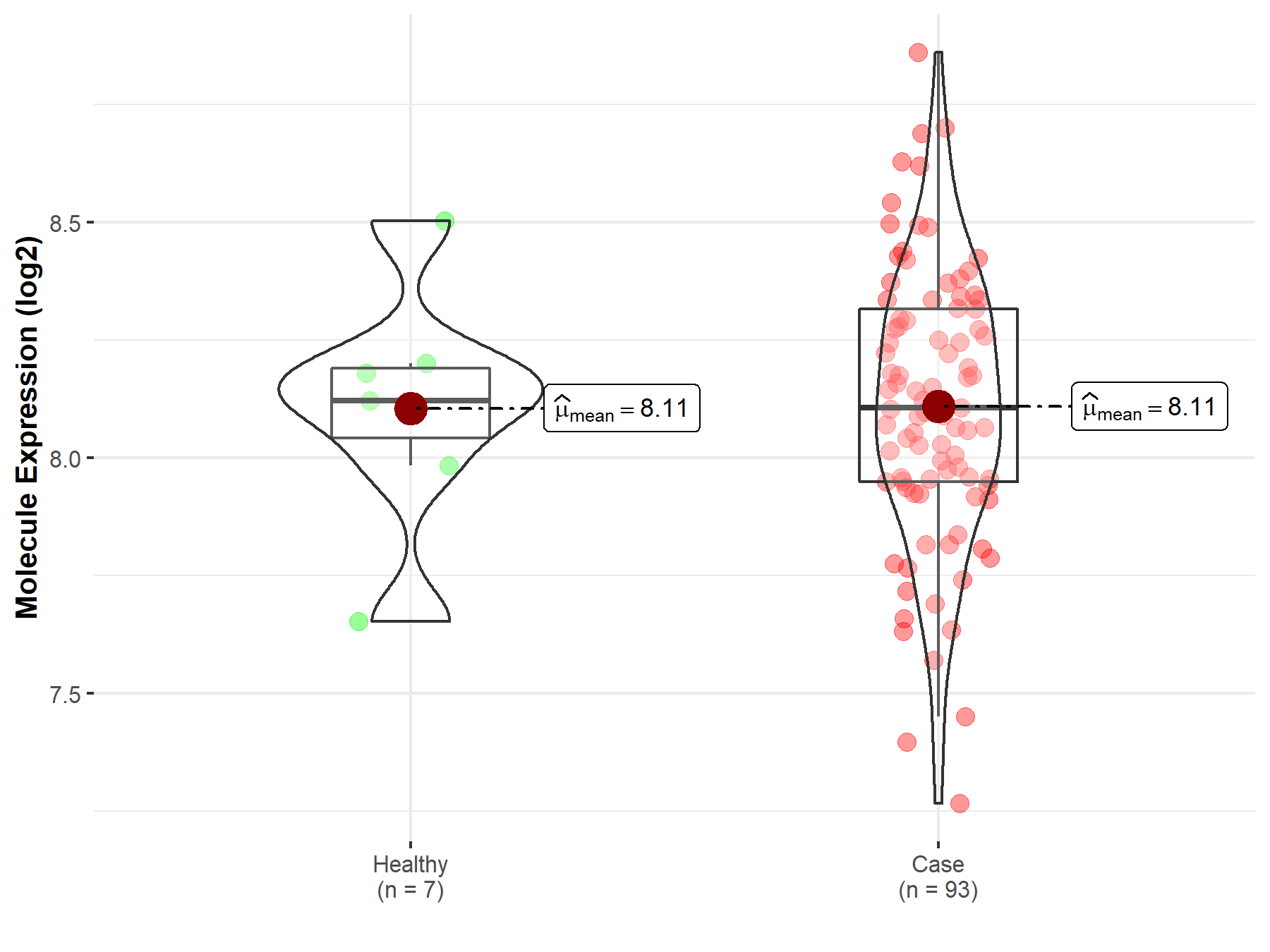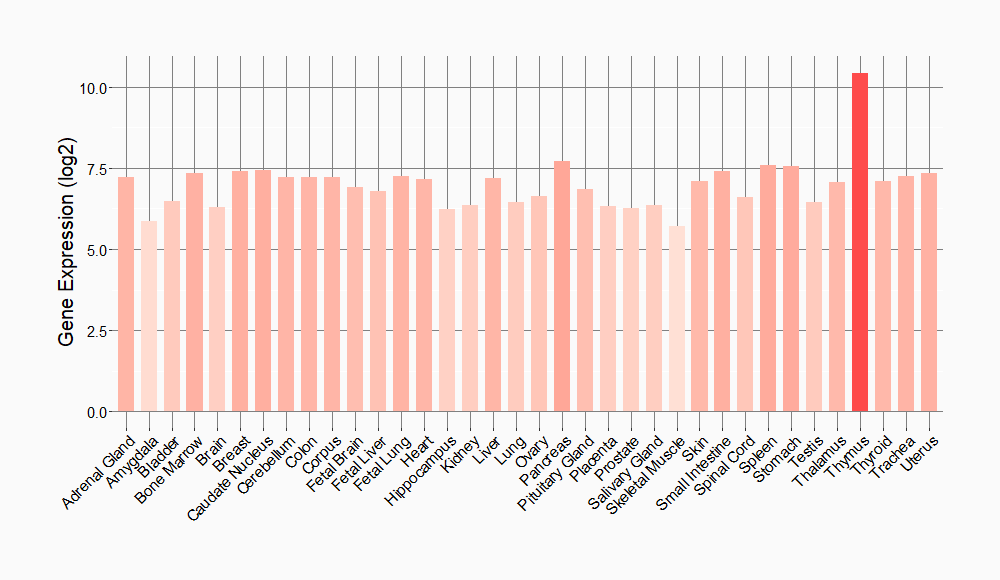Molecule Information
General Information of the Molecule (ID: Mol00664)
| Name |
Transcription factor 7 (TCF7)
,Homo sapiens
|
||||
|---|---|---|---|---|---|
| Synonyms |
TCF-7; T-cell-specific transcription factor 1; T-cell factor 1; TCF-1; TCF1
Click to Show/Hide
|
||||
| Molecule Type |
Protein
|
||||
| Gene Name |
TCF7
|
||||
| Gene ID | |||||
| Location |
chr5:134114681-134151865[+]
|
||||
| Sequence |
MPQLDSGGGGAGGGDDLGAPDELLAFQDEGEEQDDKSRDSAAGPERDLAELKSSLVNESE
GAAGGAGIPGVPGAGAGARGEAEALGREHAAQRLFPDKLPEPLEDGLKAPECTSGMYKET VYSAFNLLMHYPPPSGAGQHPQPQPPLHKANQPPHGVPQLSLYEHFNSPHPTPAPADISQ KQVHRPLQTPDLSGFYSLTSGSMGQLPHTVSWFTHPSLMLGSGVPGHPAAIPHPAIVPPS GKQELQPFDRNLKTQAESKAEKEAKKPTIKKPLNAFMLYMKEMRAKVIAECTLKESAAIN QILGRRWHALSREEQAKYYELARKERQLHMQLYPGWSARDNYGKKKRRSREKHQESTTET NWPRELKDGNGQESLSMSSSSSPA Click to Show/Hide
|
||||
| Function |
Transcriptional activator involved in T-cell lymphocyte differentiation. Necessary for the survival of CD4(+) CD8(+) immature thymocytes. Isoforms lacking the N-terminal CTNNB1 binding domain cannot fulfill this role. Binds to the T-lymphocyte-specific enhancer element (5'-WWCAAAG-3') found in the promoter of the CD3E gene. Represses expression of the T-cell receptor gamma gene in alpha-beta T-cell lineages (By similarity). Required for the development of natural killer receptor-positive lymphoid tissue inducer T-cells (By similarity). TLE1, TLE2, TLE3 and TLE4 repress transactivation mediated by TCF7 and CTNNB1.May also act as feedback transcriptional repressor of CTNNB1 and TCF7L2 target genes.
Click to Show/Hide
|
||||
| Uniprot ID | |||||
| Ensembl ID | |||||
| HGNC ID | |||||
| Click to Show/Hide the Complete Species Lineage | |||||
Type(s) of Resistant Mechanism of This Molecule
Drug Resistance Data Categorized by Drug
Approved Drug(s)
1 drug(s) in total
| Drug Sensitivity Data Categorized by Their Corresponding Mechanisms | ||||
|
|
||||
| Disease Class: Bladder cancer | [1] | |||
| Sensitive Disease | Bladder cancer [ICD-11: 2C94.0] | |||
| Sensitive Drug | Epirubicin | |||
| Molecule Alteration | Expression | Down-regulation |
||
| Experimental Note | Revealed Based on the Cell Line Data | |||
| Cell Pathway Regulation | Cell apoptosis | Activation | hsa04210 | |
| Cell colony | Inhibition | hsa05200 | ||
| Cell invasion | Inhibition | hsa05200 | ||
| Cell migration | Inhibition | hsa04670 | ||
| Cell viability | Inhibition | hsa05200 | ||
| Wnt/Beta-catenin signaling pathway | Regulation | hsa04310 | ||
| In Vitro Model | BIU87 cells | Bladder | Homo sapiens (Human) | CVCL_6881 |
| In Vivo Model | BALB/c nude mouse xenograft model | Mus musculus | ||
| Experiment for Molecule Alteration |
Western blot analysis | |||
| Experiment for Drug Resistance |
CCK8 assay; Flow cytometry assay | |||
| Mechanism Description | miR-34a increased chemosensitivity in BIU87/ADR cells by inhibiting the TCF1/LEF1 axis. | |||
Disease- and Tissue-specific Abundances of This Molecule
ICD Disease Classification 02

| Differential expression of molecule in resistant diseases | ||
| The Studied Tissue | Bladder tissue | |
| The Specified Disease | Bladder cancer | |
| The Expression Level of Disease Section Compare with the Healthy Individual Tissue | p-value: 9.71E-01; Fold-change: -1.52E-02; Z-score: -5.96E-02 | |
|
Molecule expression in the diseased tissue of patients
Molecule expression in the normal tissue of healthy individuals
|
||
| Disease-specific Molecule Abundances |

|
Click to View the Clearer Original Diagram |
Tissue-specific Molecule Abundances in Healthy Individuals


|
||
References
If you find any error in data or bug in web service, please kindly report it to Dr. Sun and Dr. Zhang.
